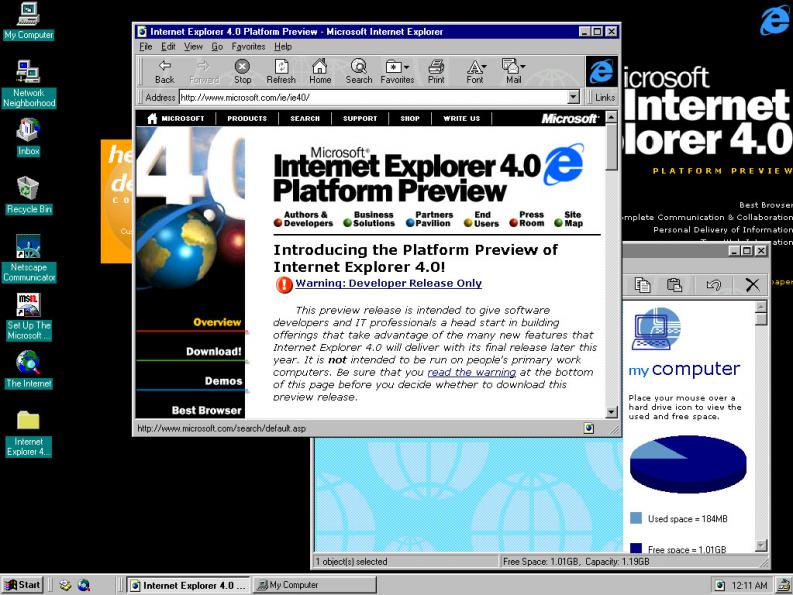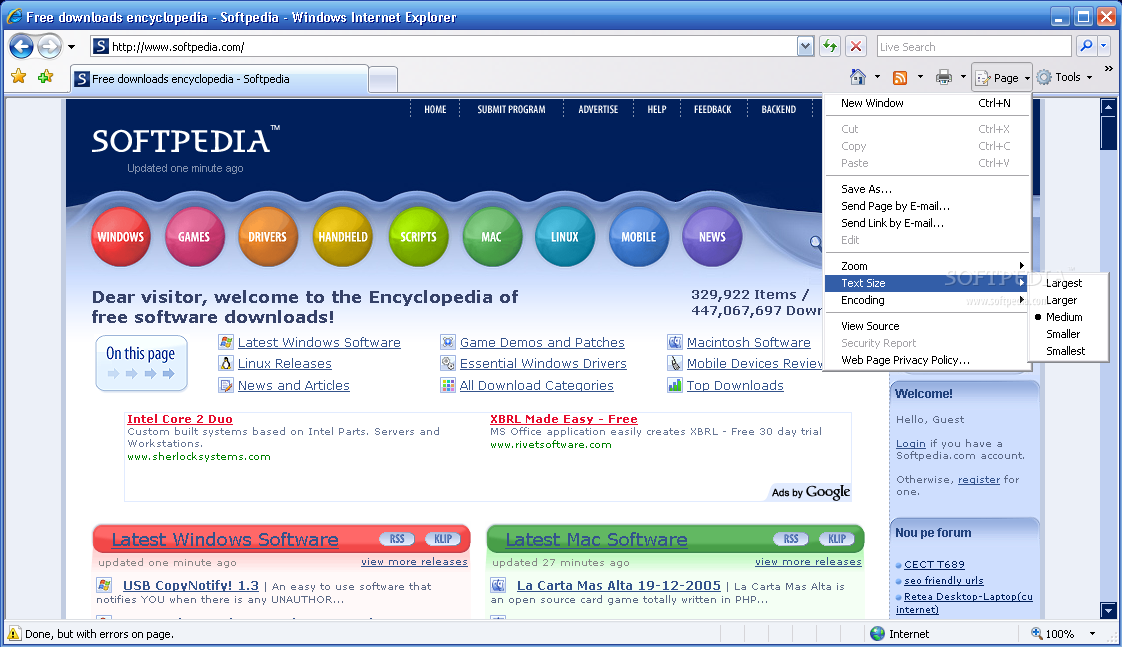
The new version has better support for IPv6, and handles hexadecimal literals in the IPv6 address. The Windows Vista and XP version of Windows Internet Explorer 7 additionally feature an update to the WinInet API.
INTERNET EXPLORER 7 WINDOWS 2000 INSTALL
This feature aims to mitigate problems whereby newly-discovered flaws in the browser (or in Add-Ons hosted inside it) allowed hackers to subversively install software on the user's computer (typically spyware). When running in Protected Mode, IE7 is a low integrity process it cannot gain write access to files and registry keys outside of a user profile's folder. On Windows Vista, Internet Explorer operates in a special "Protected Mode", which runs the browser in a security sandbox that has no access to the rest of the operating system or file system, except the Temporary Internet Files folder. The first vulnerability exclusive to Internet Explorer 7 was posted after 6 days. The first security advisory was posted only one day after the day of release, but it turned out to be a security problem in Outlook Express, not in Internet Explorer 7. Partly as a result of security enhancements, the browser will be a stand-alone application, rather than integrated with the Windows shell, and thus will no longer be capable of acting as a file browser.

Large portions of the underlying architecture, including the rendering engine and security framework, have been significantly reworked. Internet Explorer 7 can also be downloaded directly from Microsoft's website. It is available as part of Windows Vista and Windows Server 2008, and as a separate download via Microsoft Update for Windows XP with Service Pack 2 and Windows Server 2003 Service Pack 1. Version 7.0 of Internet Explorer has been renamed Windows Internet Explorer (as opposed to Microsoft Internet Explorer) as part of Microsoft's rebranding of component names that are included with Windows.




 0 kommentar(er)
0 kommentar(er)
